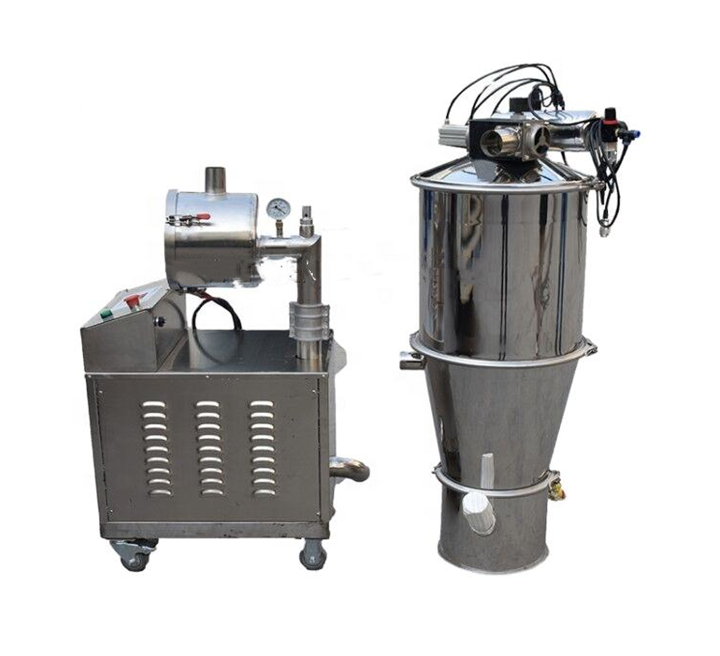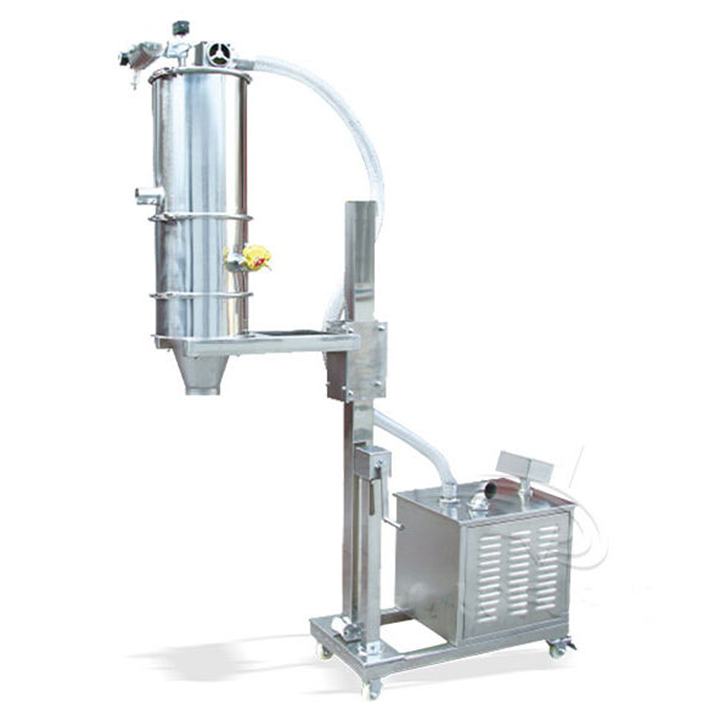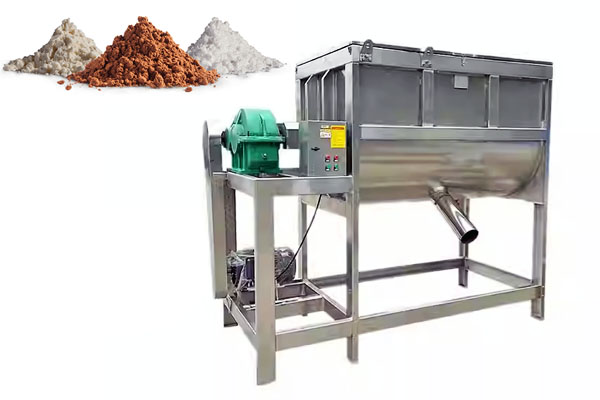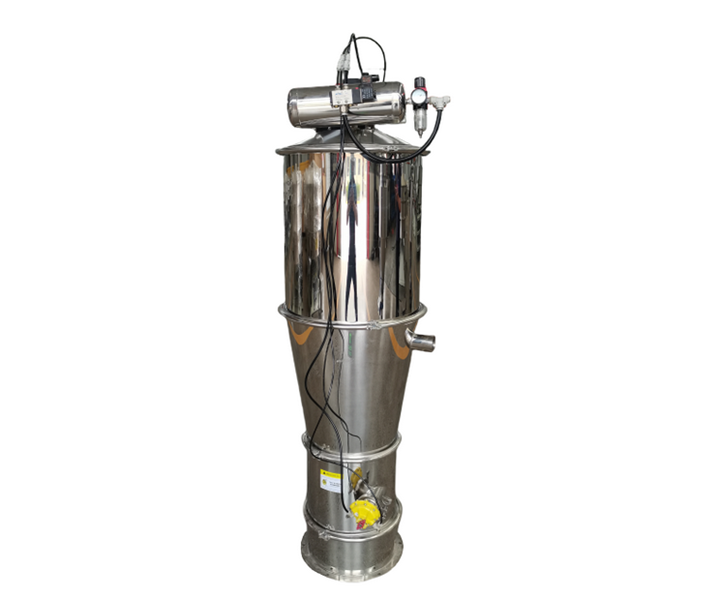Powder Vibrating Sifter Equipment
Thursday July-24 2025 09:45:42
What is powder vibrating sifter?
Powder vibrating sifter equipment is a grading and screening equipment suitable for fine powder materials. It can achieve impurity removal, grading and filtration of 2-500 mesh powders. It is suitable for dry or wet powders (water content ≤30%), such as pharmaceutical powders, food additives, chemical raw materials, etc. The equipment adopts the principle of three-dimensional vibration and is driven by an adjustable frequency vibration motor to make the material produce a composite movement in the horizontal, vertical and inclined directions on the screen surface to accurately complete the particle classification.
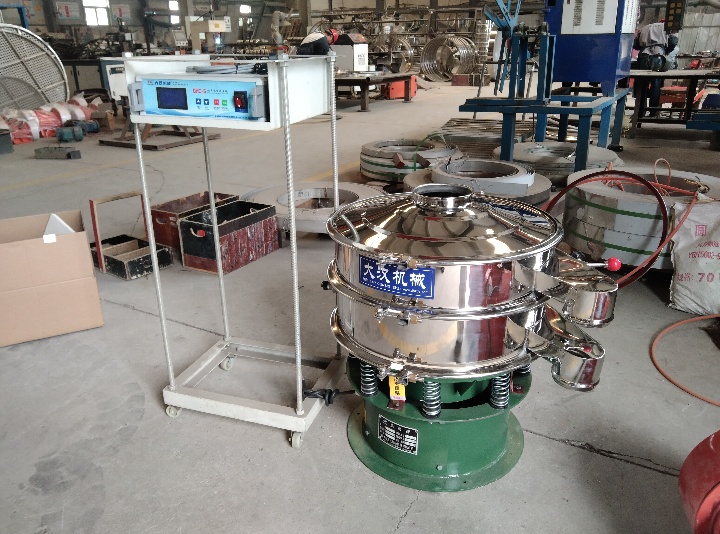
The equipment supports 1-5 layers of screen configuration, has a single machine processing capacity of 100-3500kg/h, and a price range of 800-5000 US dollars/unit. The fully enclosed structure and dust-proof design effectively control dust leakage and meet the hygiene requirements of the pharmaceutical, food and other industries.
How to classify powder vibrating sifter?

Powder vibrating sifter can be divided into four categories: standard vibrating screen, ultrasonic vibrating screen, inline vibrating screen and centrifugal vibrating screen, mainly based on functional requirements and technical principles.
Standard vibrating screen: equipped with 1-5 layers of screens, it can simultaneously complete the classification of 2-6 particle size grades. The mesh size is 2-300 meshes, and the processing capacity is 100-2000kg/h. It is suitable for coarse screening and impurity removal of conventional powders such as flour and plastic particles. It adopts a snap-on screen fixing structure, the replacement time is ≤10 minutes, and it is standardly equipped with 304 stainless steel contact parts, which has outstanding cost performance.
Ultrasonic vibrating screen: Based on the standard vibrating screen, an ultrasonic system (frequency 20-40kHz) is integrated, which can solve the problems of powder agglomeration and electrostatic adsorption, and realize the precise screening of 500 mesh ultrafine powder (separation accuracy up to 20μm). Suitable for easily agglomerated materials such as titanium dioxide and nano calcium carbonate, the processing capacity is increased by 30% compared with the standard machine of the same specification, and the screen blockage rate is reduced by more than 90%.
Straight-discharge vibrating screen: adopts the bottom straight-discharge design, the discharging speed is increased by 2-5 times compared with the traditional model, and it is specially designed for high-yield coarse screening scenarios. The screen mesh is 2-200 mesh, the processing capacity is 1500-3500kg/h, suitable for raw material pretreatment, rapid separation of large particle impurities, such as primary screening of fertilizer particles and ore powder. The structure is compact and can be directly connected to the production line pipeline.
Centrifugal vibrating screen: an efficient screening equipment designed based on pneumatic principles, which combines centrifugal force with high-frequency vibration to achieve continuous screening of 80-530 mesh powders, with a screening efficiency of 85-95%. The processing capacity is 5-10 times that of ordinary vibrating screens, suitable for large-scale production scenarios such as fine classification of washing powder and metal powder. The fully sealed cavity design has no dust leakage and meets GMP standards.
What is the working principle of powder vibrating sifter?
The equipment uses a vibration motor as the excitation source. The eccentric blocks at the upper and lower ends of the motor generate centrifugal force, converting the rotational motion into three-dimensional composite vibration and transmitting it to the screen surface. After the material enters the screen surface, it diffuses and stratifies under the action of vibration. Particles smaller than the screen hole pass through the screen and fall into the lower layer, becoming the undersize; particles larger than the screen hole jump along the screen surface and are discharged from the discharge port to complete impurity removal or grading.
Technical parameter table of powder vibrating sifter
| Model | Diameter mm | Screen area m² | Screen size(mesh) | Feeding granularity mm |
| DH-600 | Φ600 | 0.24 | 2-500 | <Φ10 |
| DH-800 | Φ800 | 0.45 | 2-500 | <Φ15 |
| DH-1000 | Φ1000 | 0.67 | 2-500 | <Φ20 |
| DH-1200 | Φ1200 | 1.0 | 2-500 | <Φ30 |
| DH-1500 | Φ1500 | 1.6 | 2-500 | <Φ30 |
| DH-1800 | Φ1800 | 2.43 | 2-500 | <Φ30 |
| DH-2000 | Φ2000 | 3.01 | 2-500 | <Φ30 |
What are the advantages of powder vibrating sifter?
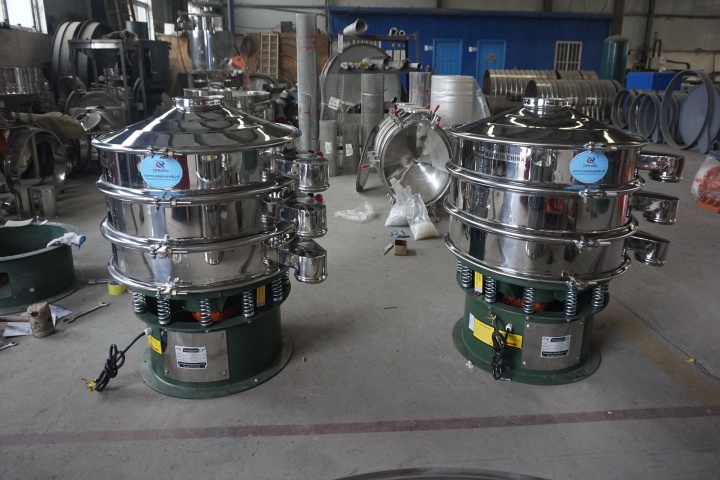
The technical advantages of powder vibrating sifter revolve around the actual production pain points. Its grading system can achieve accurate screening in the range of 2-500 meshes, with an error control within 1%, fully meeting the stringent requirements of fine processing for particle size; the three-dimensional vibration design breaks through the limitations of traditional equipment, increasing the processing capacity by 3 times while reducing energy consumption by 20%, significantly optimizing production efficiency and cost; for the common sticking problem in powder processing, the equipment is equipped with an ultrasonic module and supports trace moisture (≤30%) material processing, effectively ensuring the stability of continuous operation; the quick-detachable screen structure simplifies the daily maintenance process, and can be disassembled without tools, with a single downtime maintenance time of no more than 30 minutes; the key parts that contact the material are made of 304/316 stainless steel, with a surface polishing accuracy of Ra≤0.8μm.
What are the applications of powder vibrating sifter?
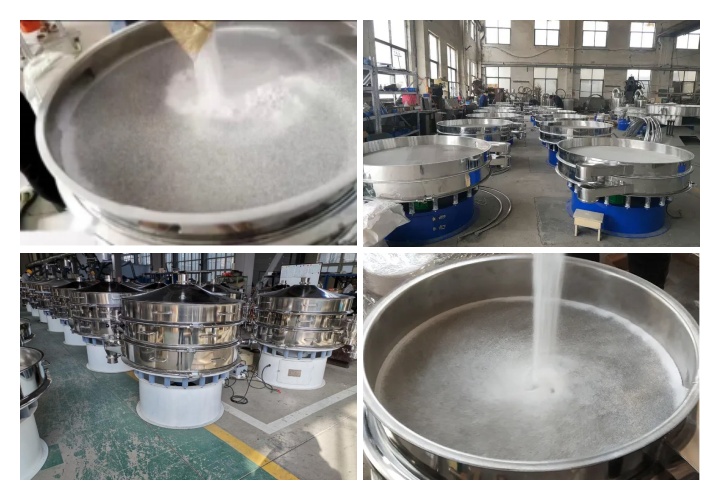
The application scenarios of powder vibrating sifter deeply cover the production needs of multiple fields: in the pharmaceutical field, it is used for the classification and impurity removal of Chinese medicine powder and Western medicine granules to ensure the consistency of material particle size; in the food industry, it is used for fine screening of flour, starch, and milk powder to achieve effective removal of agglomerates and foreign matter; in the chemical industry, it accurately controls the particle size distribution of products through the classification of resin powder and coating powder; in the metallurgical industry, it focuses on the purity screening of metal powders such as copper powder and iron powder to help improve the quality of the final product. It fully covers the refined production needs of multiple fields such as medicine, food, chemical industry, and metallurgy.
